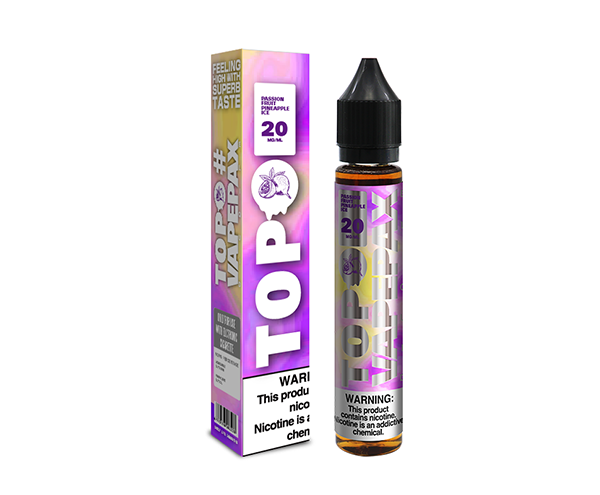vape usage cost in e-liquid
Vape has risen rapidly in recent years and has become the choice for many people to quit smoking or reduce the amount of cigarettes they smoke. Compared with traditional cigarettes, vape is considered a healthier alternative because it does not produce tar and some other harmful substances, thus reducing harm to the body. However, health factors aside, whether using a vape is truly more economical than traditional cigarettes, especially over long-term use, remains a hotly debated topic.

To explore the cost of a vape, you first need to understand its basic makeup. Vape usually consists of three parts: battery, atomizer and e-liquid. The battery provides energy and the atomizer converts the e-liquid into an inhalable mist, which is the "fuel" of the vape. Of these three parts, the cost of e-liquid is often one of the main expenses in vape use.
The price of e-liquid varies by brand, flavor and pack size. Generally speaking, high-quality e-liquids with complex flavors are more expensive, while larger-volume packages are usually more affordable. In the market, the price of e-liquid is roughly between $10 and $30 per bottle, depending on the brand and model. Based on a mid-priced e-liquid, say $15 a bottle, the cost of using a vape will mainly depend on the individual's smoking frequency and usage.
The prices of traditional cigarettes also vary by region and brand, but generally speaking, their prices are relatively stable. Assuming a pack of cigarettes costs $5, a person who smokes a pack a day spends about $150 on cigarettes per month. In comparison, the cost of using a vape can vary.
The starting cost of vaping is relatively high. Purchasing a vape device can cost anywhere from tens to hundreds of dollars, depending on the brand and model chosen. However, once the equipment is purchased, subsequent costs are mainly focused on e-liquid. Assuming a person consumes a $15 bottle of e-liquid per week, the monthly e-liquid expense will be approximately $60. If you add in the depreciation cost of the vape device, the overall cost of a vape may be close to or slightly higher than traditional cigarettes.
Vapes also have some economic advantages over traditional cigarettes. First, a vape typically lasts longer than a pack of cigarettes. A bottle of e-liquid can last for weeks or even months, while a pack of cigarettes usually only lasts a day or less. Therefore, although the unit price of e-liquid is higher, the vape has a longer life cycle and may be more economical overall.
Some people who vape will choose to make their own e-liquid to reduce costs. The raw materials for homemade e-liquid are relatively cheap and can be prepared according to personal taste, thus reducing the cost of use.
It’s important to point out that the cost of vaping isn’t just monetary. While vaping may be more economical than traditional cigarettes, it still carries certain health risks. Although vape does not produce harmful substances such as tar, its ingredients still contain ingredients such as nicotine, which may also have certain effects on health. Therefore, in addition to cost factors, health risks also need to be carefully considered when considering vaping.
The cost of vaping depends largely on personal smoking habits, e-liquid choice, and the depreciation of the device. Compared with traditional cigarettes, vapes may have certain financial advantages over long-term use, but the health risks still need to be weighed when choosing.



 Prev:How to choose the e-liquid that suits you
Prev:How to choose the e-liquid that suits you Next:Take advantage of e-liquid
Next:Take advantage of e-liquid


